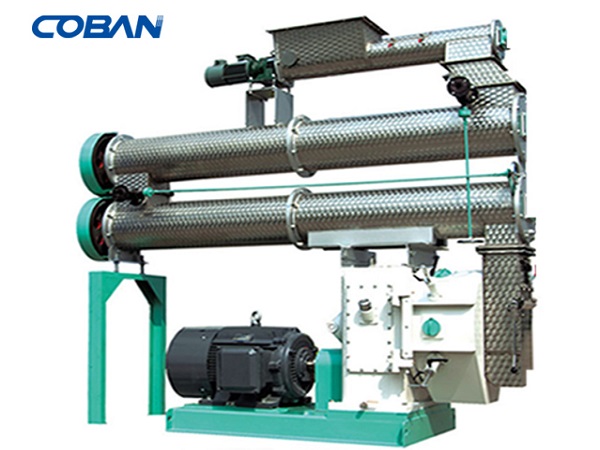News
In today’s fast-paced society, the food industry demands efficient and high-quality production processes to meet market needs. The 10t/H Chicken Feed Production Line achieves full automation through the coordinated work of several key pieces of equipment, including
The heavy-duty pelletizer machine is crucial for large-scale feed production due to its robust capacity and durability, incorporating innovative technologies for high-strength structure, precise molding, and advanced transmission. It offers long-term cost savings, improves production efficiency, enhances market competitiveness, and promotes the sustainable development of modern animal husbandry by ensuring feed quality.
The best animal feed pellet molding machine is recognized for its technical features like efficient pelletizing and precise control systems, offering application advantages in various breeding scenarios and meeting diverse feed formula requirements. It enhances the nutritional value and digestibility of feed, leading to high user satisfaction, significant economic benefits, and positive after-sales service evaluations in the market.
Second hand fertilizer pellet machines are gaining market favor due to their cost-effectiveness, driven by the demand from small to medium-sized enterprises seeking to reduce initial investments. Key purchase considerations include equipment condition inspection, performance testing, price assessment, and a thorough economic analysis of initial and operating costs to ensure a valuable investment.
Diesel engine animal feed pellet machines are favored for their strong and stable power, adaptability, and ease of operation, meeting the demands of modern animal husbandry. They offer broad market prospects due to growing global demand for animal protein, technological innovation, and the influence of environmental policies promoting eco-friendly and energy-efficient equipment.
Manual feed pellet machines are valued for their portability and cost-effectiveness in small farms and individual breeding. The price is influenced by manufacturing costs, technological content, and brand value, with market positioning catering to small farms, educational institutions, and developing countries. Buyers prioritize cost-performance ratio, equipment quality, and after-sales service in their purchasing decisions.
Manual pellet machines are popular for small-scale production and home use due to their ease of operation, low cost, and adaptability. The market demands diverse customer needs, and procurement strategies involve cost-benefit analysis, quality control, and supply chain management. Industry development trends include technological innovation and a focus on environmental sustainability, driving the market for manual pellet machine wholesale.
Manual feed pellet machines are gaining market popularity for their simple operation, low cost, and customizable production, ideal for small-scale farms and home breeding. They offer ease of use, cost-effectiveness, and technological innovations, including material science applications, process innovation, and environmental protection concepts, enhancing performance and quality while reducing environmental impact.
Mini feed pellet machines are favored for their compact size, efficiency, and low costs, tailored for small farms and educational research. They feature high-precision pelletizing, energy-saving designs, and a focus on precision composition, including feeding and extrusion molding systems, ensuring quality feed production and sustainable operation.
Small feed pellet machine factories offer low investment, flexible production, and efficient pelletizing technology, meeting the demands of a flourishing livestock industry. They feature energy-saving designs and have broad market prospects due to the industry’s growth and the rise of customized feed services, providing tailored solutions for diverse feed requirements.














